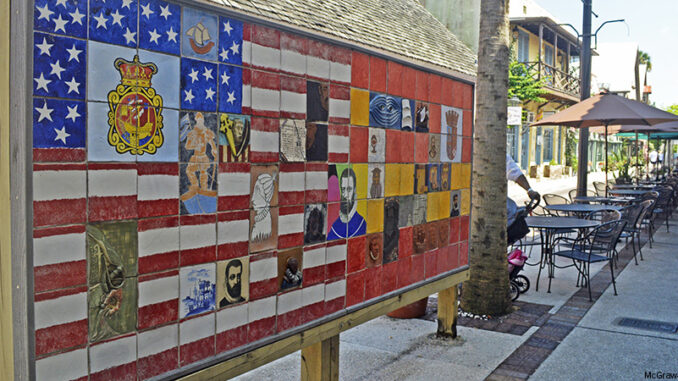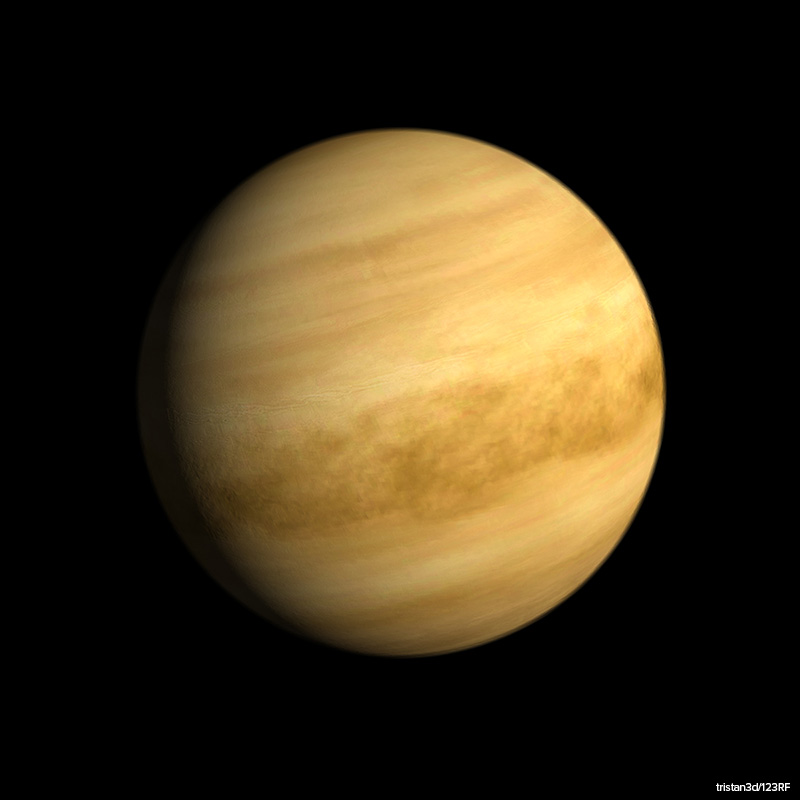
Celebrating Hispanic Heritage Month
It’s Hispanic Heritage Month! Originally established in 1968 by Rep. Edward R. Roybal and President Lyndon Johnson, this time was created to recognize and celebrate the contributions of Hispanics. Back then, it was called Hispanic Heritage Week. Now, it lasts a full month: from September 15 to October 15. September 15 is Independence Day for five Latin American countries (Costa Rica, El Salvador, Guatemala, Honduras, and Nicaragua). Mexico celebrates its Independence Day on September 16, and Chile on September 18.
60.6 million people in the United States identify as Hispanic, making it the largest minority group in the country at 18.5 percent of the total population. Hispanic communities contribute in a myriad of ways to the arts, literature, and culture–as well as the day to day economy of the United States. A total of 128 Hispanics have served in the U.S. Congress. Hispanic Heritage Month is a way to take a moment to appreciate these contributions and achievements.
So how can you celebrate Hispanic Heritage Month? Find ways to support Hispanic communities with more than just words. Shop at Hispanic-owned businesses. Eat at Hispanic-owned restaurants. Buy and read books by Hispanic authors. Watch a documentary about Mexico’s history. Learn more about social justice groups like the Latino Equality Alliance or RAICES. Attend a festival in your area. Or find your own way to recognize the important contributions that the Hispanic communities make to our country and culture every day.
What Do You Think? There is a current debate over changing the name of the event from Hispanic Heritage Month to Latinx Heritage Month. Why? Feel free to use Internet resources to help you discover the answer. Do you agree or disagree with changing the name? Explain, remembering as always to be respectful with your answer.
Eisenhower Memorial Unveiled in D.C.
When you think of presidential monuments in Washington, D.C., you probably think of the most famous ones: Washington, Lincoln, Jefferson, maybe even FDR. But starting this week, you’ll need to add a new monument to that list: the one honoring President Dwight D. Eisenhower.
The Eisenhower monument–created by architect Frank Gehry–reflects the president’s understated personality, despite his influence on some of the twentieth centuries most significant moments. Located on a quiet street near the National Mall and the Air and Space Museum, the memorial contains two bronze scenes, not much larger than they would be in real life. The first shows Eisenhower as a military general, talking to his men before the D-Day invasion in 1944. The second scene shows President Eisenhower talking to three of his assistants. Behind the two scenes, a metal screen shows the outline of the cliffs at Normandy Beach (the site of the World War II D-Day invasion).
Perhaps the most unique part of the monument is a third scene, set off from the other two. This one contains only one statue: a teenage boy, life size. The boy is a depiction of Eisenhower as a child, gazing upon the rest of the monument, perhaps thinking of all that his life might become. This is a fitting tribute, because despite the attention and accolades Eisenhower received during his lifetime, he always tried to remember his humble beginnings in Kansas.
Dig Deeper Use the Internet to spend a few minutes researching Eisenhower’s accomplishments. What was he best known for as a general? As a president?
Life on Venus?
People have fascinated by the idea of life on Mars for many generations. But what if the whole time, life did exist, just on a different planet: Venus? This isn’t as crazy as it sounds. Some scientists are theorizing that some type of life on Venus is possible because they are detecting significant amounts of a gas called phosphine. Phosphine can’t exist long-term in the sulfuric atmosphere of Venus, so detecting it suggests that it is being replenished by some unknown process. Scientists also know that phosphene is a byproduct of microbial life here on Earth. The new theory is that phosphene is being created by chemical activity not yet understood, or a type of microbial life does actually exist on the planet.

But don’t start booking your seat on the rocket to Venus just yet. The planet is completely inhospitable to most life as we know it. Temperatures on the surface reach 800 degrees Fahrenheit, there’s no water, and the atmosphere is full of toxic gases. But scientists say that it’s possible that some form of life could exist high up in the clouds, where the temperatures are cooler and the atmosphere less deadly.
Another theory put forward by scientists is that Venus used to contain life at one time, but doesn’t anymore. The climate on Venus used to be cooler. In fact, as recently as a billion years ago the surface may have contained liquid water. But phosphine breaks down quickly, so the fact that it’s still present in the atmosphere would indicate that the gas was produced much more recently.
Scientists insist that there is probably a much simpler geographic or chemical explanation for the gas’s presence that they just don’t understand yet. But even skeptics agree that the idea of life on Venus is no longer impossible.
Dig Deeper What was the first planet visited by spacecraft? What year did that mission take place? What was discovered?
Jaguars in the Wild?
Once upon a time, jaguars used to dominate the food chain in North and South America. But today, only an estimated 15,000 remain in the wild. This is mostly due to two factors: poaching (or illegal hunting), and deforestation (the animals’ native habitats being replaced by farmland and other development). In Argentina, a group of scientists and conservationists is attempting to reverse this damage by re-introducing jaguars to an area known as Ibera National Park.
An estimated two hundred wild jaguars remain in all of Argentina. Jaguars have not existed in the Ibera area for more than seventy years. Scientists at the Rewilding Argentina Foundation are working to “rewild” a handful of jaguars who have been kept in captivity, with a plan to reintroduce them into the national park by the end of this year or by early 2021. But this is an extremely difficult task. Several of the animals are older, or have been hurt or traumatized. In order to effectively return to the wild, they must be able to do two things on their own: hunt and mate. To encourage them to do this, scientists carefully watch the animals’ behavior to determine a good time to put male and female jaguars in contact with one another to breed. Also, instead of having their meals delivered to them, the jaguars must “hunt” for their prey within their enclosed area.
Returning jaguars to the area will bring benefits to the entire ecosystem and also increase the tourism economy of the area. In fact, about 80 percent of Ibera’s population now works in tourism, as the rest of the world learns about the ambitious project and wants to see it for themselves.
